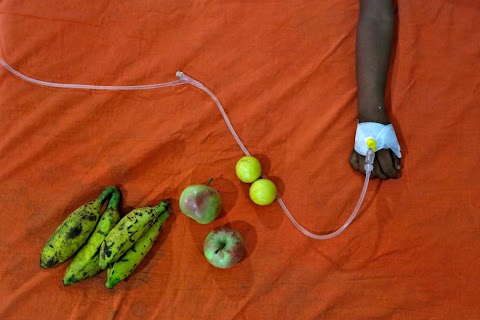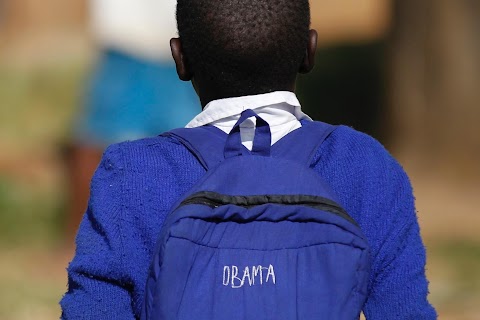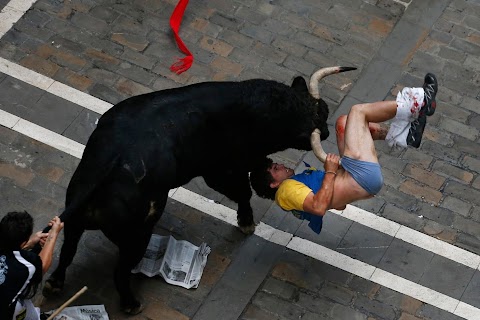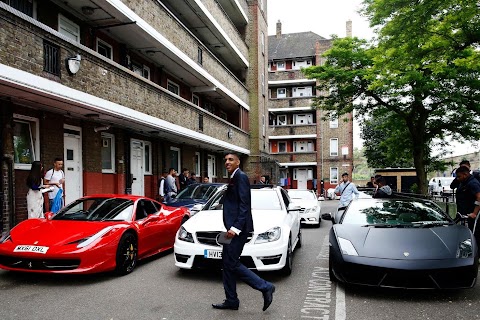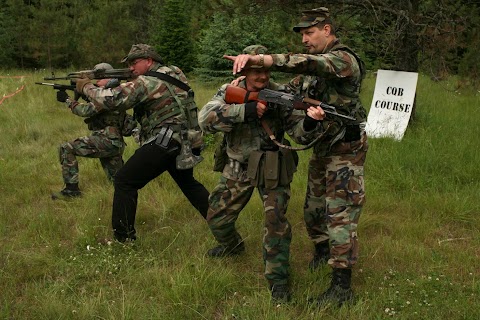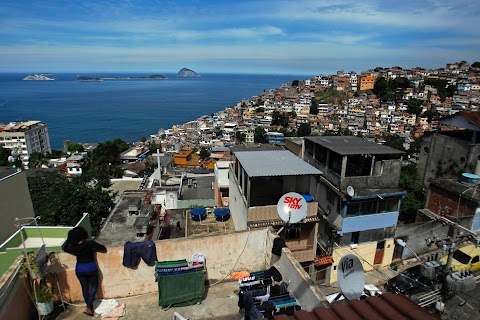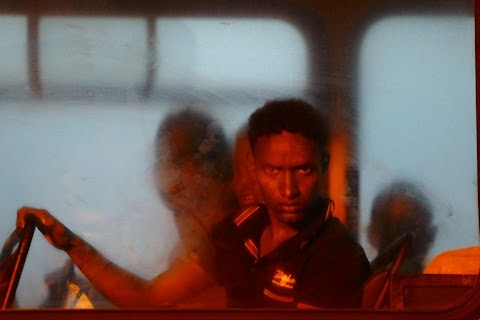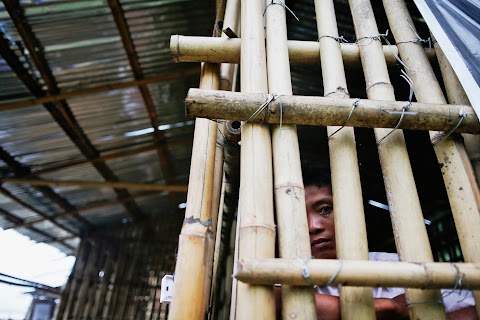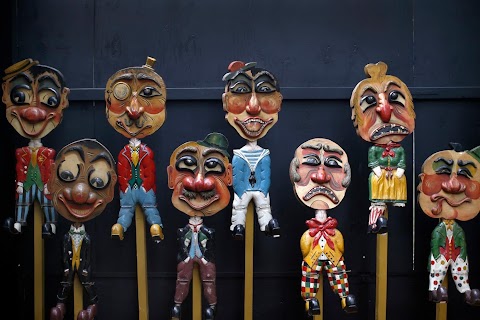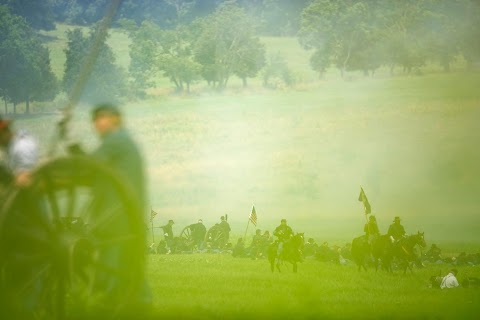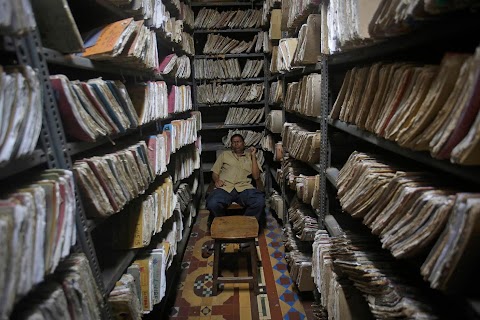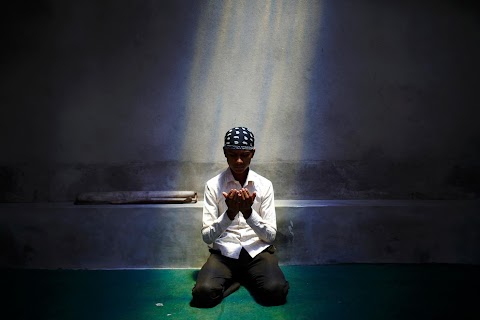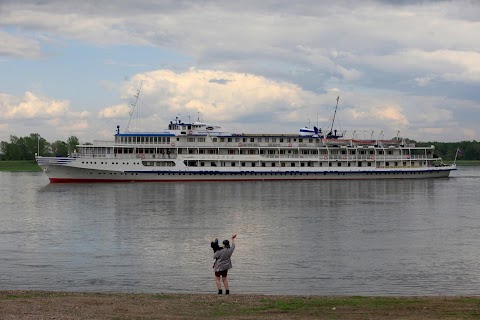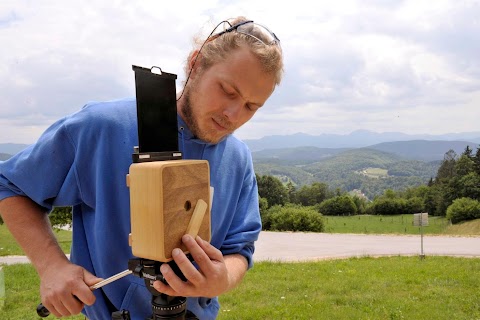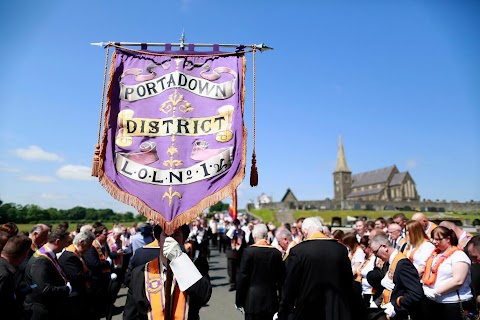
Marching on
 Cathal McNaughton
Cathal McNaughton
Summer in Northern Ireland is often a season of unrest. It is a time when pro-British Protestants hold marches in the British-ruled province, a tradition seen as provocative by Irish nationalists who want to be part of a united Ireland.
This year, violence broke out during demonstrations over restrictions on the marches, with Protestant youths hurling petrol bombs at police, and officers responding with water canon and at least one baton round in Belfast.

Members of the Protestant Orange Order hold a service on Rossnowlagh strand in County Donegal, Ireland. The Order organises marches every year to mark a 1690 Protestant victory over a Catholic king, a tradition that has become a regular flashpoint for sectarian violence.

This year, violence erupted on July 12 when protestant marchers, unhappy because authorities ruled they could not walk along a stretch of road that divides the two communities, started throwing bricks and bottles. The unrest dragged on for several nights.
Slideshow

A member of the Protestant Orange Order walks past a Union Flag at Rossnowlagh Strand in County Donegal.

Spectators watch the annual Orange Order Parade at Drumcree Parish Church in Portadown.

Onlookers wearing Union Flag colours watch the parade at Rossnowlagh Strand.

A member of the Protestant Orange Order holds his Bowler hat as he attends the marches.

An Orange Order member poses with his son ahead of the parade at Rossnowlagh Strand.

A member of the Baptist church preaches next to a gift stall ahead of the Protestant march.

A marching band member takes part in the parade.

Members of the Orange Order are flanked by riot police as they parade past the nationalist Ardoyne area of the Crumlin Road in Belfast.

A man photographs police after climbing on top of an armoured police Land Rover, ahead of an Orange Order parade.

Riot police and a water cannon block the Lower Newtownards road in East Belfast after they came under attack from loyalists throwing petrol bombs, bricks, bottles and fireworks on the fourth night of unrest.

A loyalist gestures at police in the Woodvale Road area of North Belfast, on the second night of violence.

A Protestant youth shoots fireworks at police.

A police officer receives medical treatment after being injured during clashes with loyalists.

Paramilitary tattoos stand out on the arm of a Loyalist protester holding a Union flag in the Woodvale Road area of North Belfast.
"The participants in this sad show seem to be getting younger, or maybe it's just because I'm getting older."
A few years ago I overhead a foreign photographer talking about the annual public disorder during Northern Ireland’s Marching Season. “It's like going to the theatre. You know where to turn up, when to turn up and what time to turn up," he said.
This is still true today. It’s quite predictable. Every 12th of July following the annual Orange Order Parades in Belfast there is usually a counter demonstration and/or riots.
For the past few years these have taken place at the roundabout at the top of the Crumlin Road in North Belfast. This is an interface area where Nationalist and Loyalists live just a few metres apart.
The trouble is usually confined to an area of a couple hundred square metres which means you can park your car a few streets away safe in the knowledge that just a five minute walk away vehicles run the risk of getting hijacked and used in a burning barricade.
In the past 20 years, when I've been based in Northern Ireland, I have never been able to take a holiday around the 12th fortnight due to the likelihood of civil unrest. You get to recognise the faces of the protestors and rioters, as well as the shopkeepers who keep you fed and watered while you wait for the curtain to rise and the first stone to be thrown.
The participants in this sad show seem to be getting younger, or maybe it's just because I'm getting older. But I do wish that some time in the near future, the curtain falls for good.
